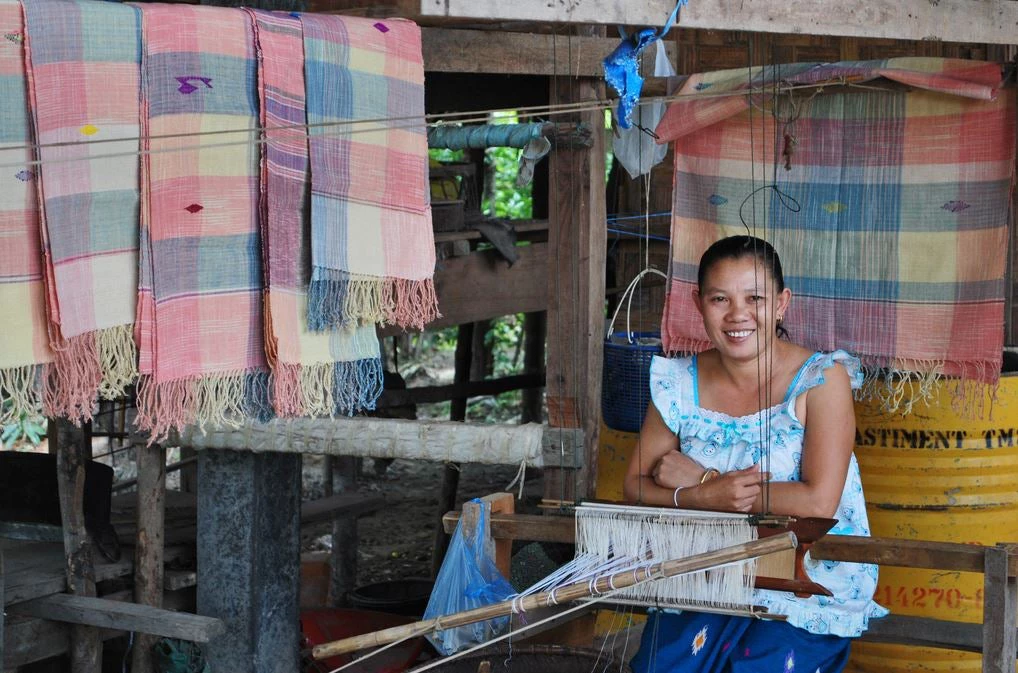My visit to Lao PDR this week has convinced me that this nation is moving toward the right path to sustained economic growth, which could lead to less poverty and better lives for all of its people.
Over the past two decades, Lao PDR has made significant development progress. It is one of the fastest growing economies in East Asia, with GDP growth averaging 8 percent a year since 2000. Lao PDR also successfully met the Millennium Development Goal of reducing extreme poverty, based on its national poverty line, to below 24 percent by 2015 from 33.5 percent in 2002.
As I have witnessed during my trip, people are enjoying better living conditions, with improved access to water supply, sanitation, roads, and power. Indeed, Lao PDR’s electrification program is one of the most successful in the world, and more than 90 percent of households now have access to electricity. Lao PDR also has built 50 percent more road surfaces in the last decade, and two-thirds of all Lao villages are now connected by all-season roads.
But past economic growth has been largely fueled by the capital-intensive natural resources sector, which has brought environmental degradation and few good jobs. At the same time, growth in manufacturing and agriculture has been stagnant in the past decade. Many workers lack literacy and other basic job skills, and the environment for doing business remains restrictive and difficult. This growth pattern of heavy reliance on natural resources has not led to a reduction in poverty commensurate with strong growth, and is not environmentally sustainable.
The good news is that Lao PDR has the potential for robust economic growth with benefits for all Lao people, and with less damage to the environment.
We warmly welcome the landmark changes that the government initiated in 2015-2016 to steer its development program and medium-term strategy toward greater sustainability and green growth. Lao PDR is one of six countries that have rolled out programs to customize the UN’s Sustainable Development Goals, paying greater attention to environmental sustainability. It also has announced ambitious plans to lower its greenhouse gas emissions, while increasing resilience to climate change.
In its Eighth National Socio-Economic Development Plan (NESDP) for 2016-2020, Lao PDR has set out a strategy for clean and green growth, and for accelerating the pace of poverty reduction and addressing rising inequality by improving service delivery and building a safety net, especially for the bottom 40 percent of the population. Through our Country Partnership Framework, we support Lao PDR’s effort to implement the 8th NESDP and realize its development goals, so more people can benefit from lasting and inclusive economic growth and development.
We strongly support the government’s effort to strengthen education and health and boost private investment. Better skills, education, health and training will make the biggest difference to the ability of Lao PDR to grow and compete.
Working with development partners, we are pleased to support the government’s National Nutrition Strategy to reduce malnutrition and stunting in children through the Health Governance and Nutrition Development Program. This program includes a national behavior change campaign to help improve child nutrition by focusing on infant and child feeding practices.
The World Bank Group also supports the government’s strategy to diversify and move toward green economic growth, which will contribute to global efforts to combat climate change. For example, Lao PDR can develop and promote high-value agricultural production and exports, such as organics, which can create jobs on and off the farm.
The government’s plan to develop environment-friendly, nature-based tourism can be a win-win: it provides an exciting opportunity to create jobs and fiscal revenues, while preserving natural resources, especially in rural areas. It would also be welcome news for the growing number of leisure travelers and environmentally conscious consumers in the region. The number of visitors to Lao PDR grew by 19 percent per year in the last 10 years, reaching 4.1 million tourists in 2014 and generating $641 million in revenue.
By “greening” economic growth, promoting private investment throughout the economy, and creating more opportunities for all people through investments in health and education, Lao PDR has a sustainable path to ending extreme poverty and boosting shared prosperity for all.



Join the Conversation